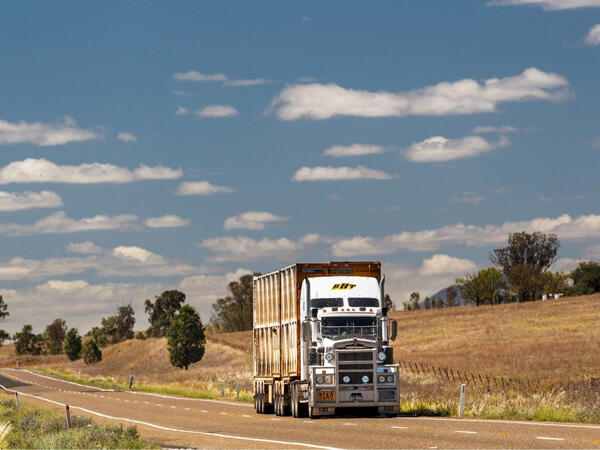
Hydrogen Powered Heavy Vehicle Demand and Infrastructure Assessment
Research designed to investigate the potential hydrogen fuel for heavy vehicle market size and likely first movers.
Background
Transport for NSW partnered with Australian Road Research Board and Mov3ment on this research. The research looked to identify the key segments of the heavy vehicle fleet that are likely to transition to hydrogen fuel technology and provide a roadmap for the NSW government to explore the opportunities this presents. Internationally, hydrogen is gaining market share with many countries heavily investing in the transition to cleaner fuels.
This project drew on the learnings from international trials, built on international experiences and sets out a pathway for the potential adoption of hydrogen fuel for heavy vehicles in the NSW freight sector in line with the development of a broader NSW Net Zero Emissions Freight Policy.
Many key stakeholders in the hydrogen industry are already located in NSW, including manufacturers of hydrogen fuel cell trucks, and several mainstream transport operators. In addition to these, councils such as Fairfield, Wollongong, and Cessnock city councils have all set aims to establish hydrogen plants in their respective areas.
Findings
The research found:
- In general, the speed of transition to zero emission technologies globally is strongly correlated with a robust regulatory framework aimed at reducing transport emissions, and subsidised programs to ensure the transition is equitably managed. Significant investment has been made primarily in passenger vehicles, buses, and their associated refuelling/recharging requirements which has led an emerging zero emission vehicle industry.
- While the literature consistently identified regional and long-haul freight as the primary segments for potential hydrogen fuel cell electric truck transition, in Australia, these vehicles and duty cycles were unlikely to be the earliest adopters. Instead, the earliest could be concrete agitators and residential kerbside waste collection trucks, followed by regional and linehaul semi-trailers and B-doubles.
The researchers then used scenarios and market sensitivity testing to understand commercially, how fuel, vehicles and infrastructure could be transitioned.
Documentation
Hydrogen Powered Heavy Vehicle Demand and Infrastructure Assessment – Final Report (PDF, 4.47 MB)
This research was delivered in partnership with iMOVE CRC and supported by the Cooperative Research Centres program, an Australian Government initiative.
